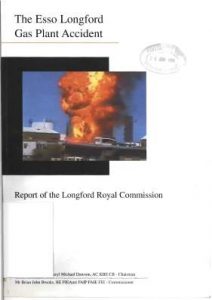
Australia’s national government has announced an inquiry into mental health to be conducted by the Productivity Commission. The Victorian Government has promised a Royal Commission into Mental Health as part of its election pledge. New South Wales has a five-year Mentally Healthy Workplaces Strategy. All of these initiatives are being applauded by the mental health advocates but two of them have yet to specify their terms of reference or their timelines for delivery, making it difficult to determine what role workplaces, workers and employers will have.
There is also a political risk that community expectations or the evidence base changes during the delivery period. Workplace mental health seems particularly susceptible to this risk at the moment.


 Many companies have bloated workplace procedures. Many of these seem to involve workplace health and safety. Some people blame this on a bureaucracy designed in the olden times by someone, that somehow still exists and is maintained by someone or some process that no one sees or knows. Some prominent Australian researchers have looked into this issue and have written about “safety clutter”* which they say is:
Many companies have bloated workplace procedures. Many of these seem to involve workplace health and safety. Some people blame this on a bureaucracy designed in the olden times by someone, that somehow still exists and is maintained by someone or some process that no one sees or knows. Some prominent Australian researchers have looked into this issue and have written about “safety clutter”* which they say is:
 The
The  The
The